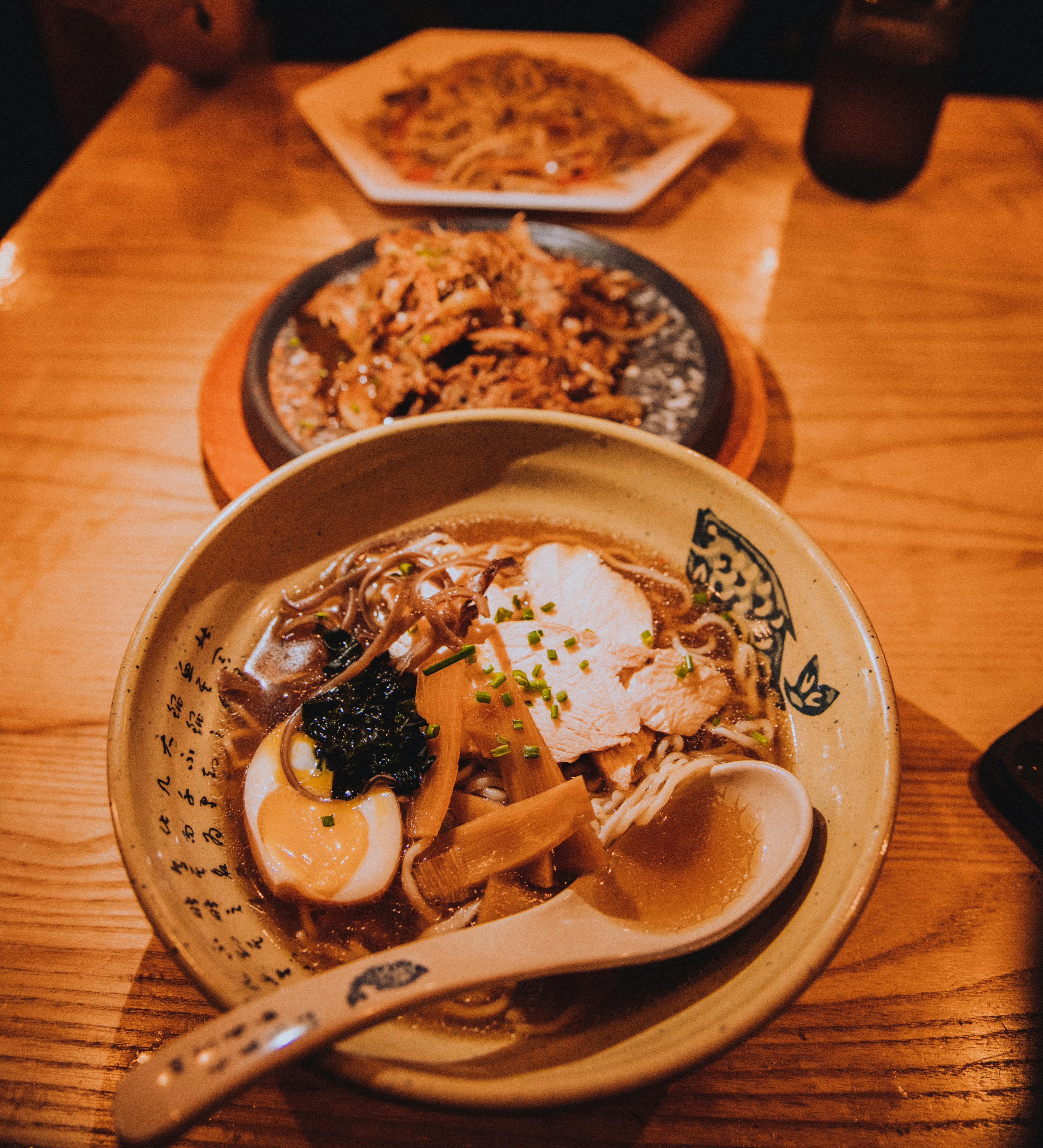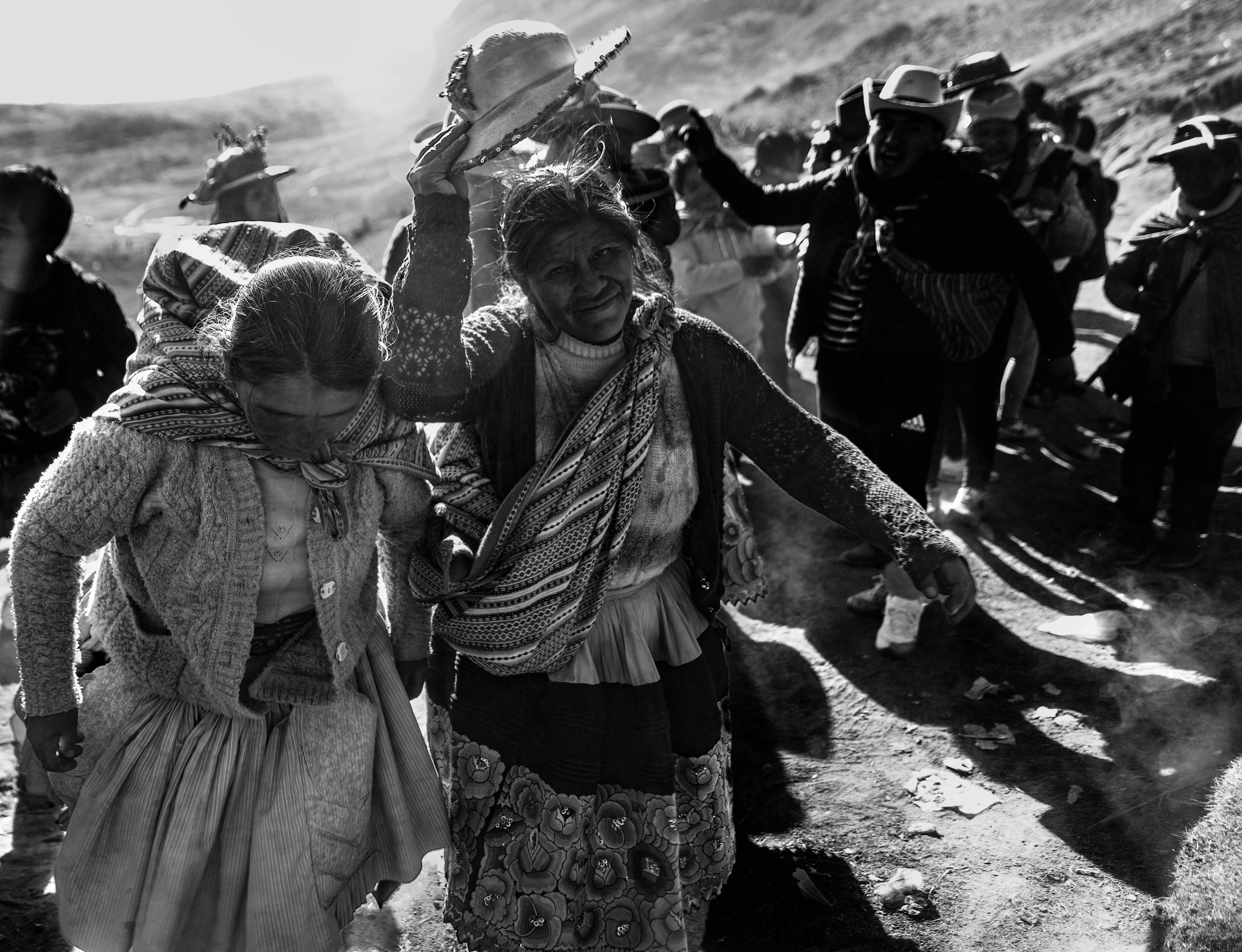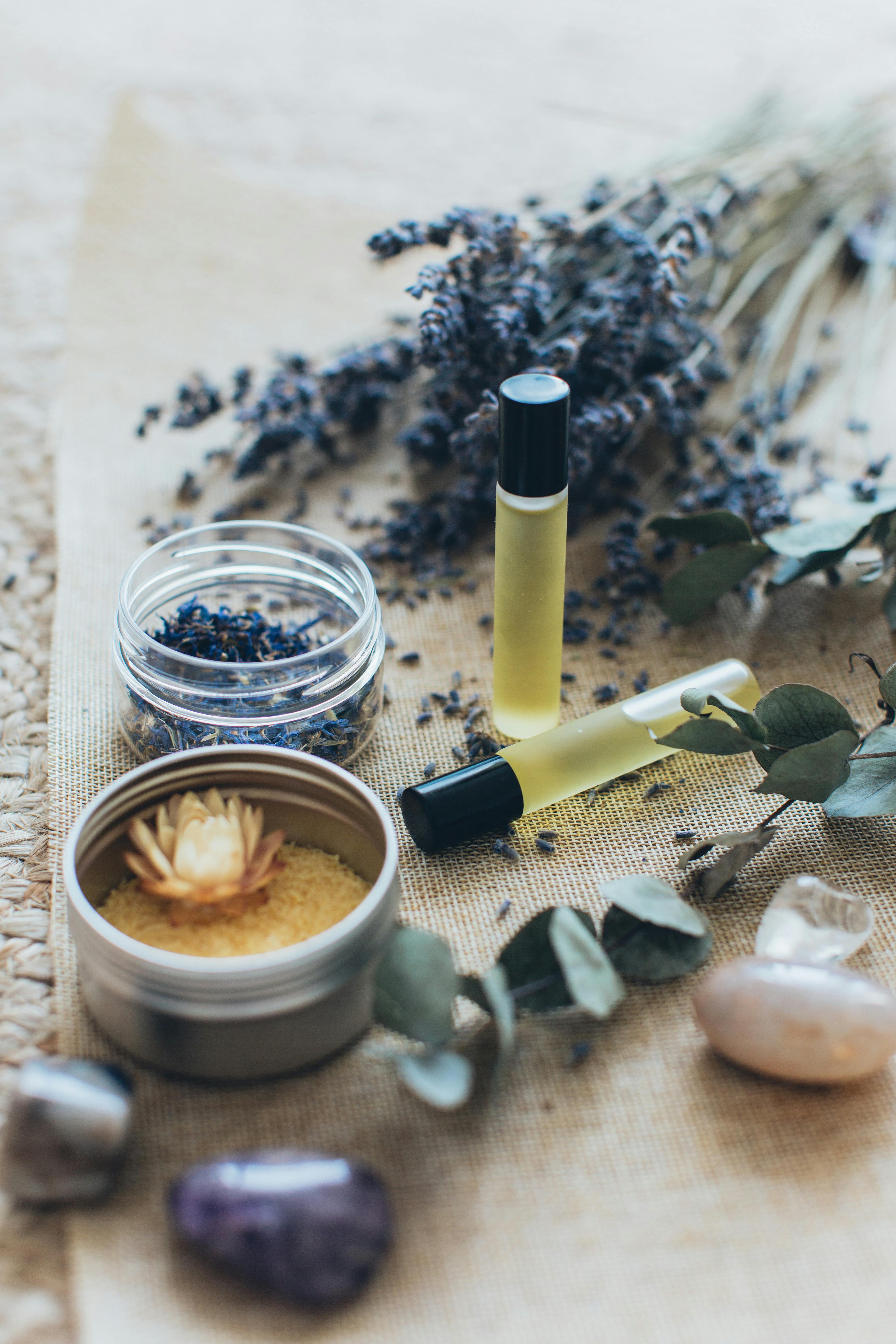So, you’re curious about Traditional Aboriginal Medicine? Well, let me give you a brief rundown. Traditional Aboriginal Medicine is an ancient healing practice that has been passed down through generations among Indigenous communities in Australia. This holistic approach to health and wellness incorporates not only physical remedies but also encompasses spiritual and cultural elements. It highlights the interconnectedness of individuals with the land, plants, animals, and ancestors. Traditional Aboriginal Medicine holds profound wisdom that offers a unique perspective on healthcare and has gained recognition for its effectiveness and connection to cultural identity.
Overview
Introduction to Traditional Aboriginal Medicine
Traditional Aboriginal Medicine is a holistic approach to healing that has been practiced by Indigenous people in Australia for thousands of years. It is deeply rooted in the connection between nature, spirituality, and the individual’s physical and emotional well-being. This form of medicine encompasses a range of healing techniques, including the use of medicinal plants, healing through ceremony and rituals, energy transfer, counseling, and storytelling. Traditional Aboriginal Medicine places a strong emphasis on community and family, recognizing the importance of these connections in maintaining balance and harmony within one’s life.
Beliefs and Principles
Connection to Nature and Spirituality
In Traditional Aboriginal Medicine, there is a profound belief in the interconnectedness of all living beings and the natural world. Aboriginal people view themselves as an integral part of nature, rather than separate from it. They believe that everything in nature has a spiritual essence, and that this spiritual essence plays a crucial role in maintaining health and well-being. This connection to nature is often expressed through ceremonies and rituals that honor and connect with the natural world.
Balance and Harmony
A core principle of Traditional Aboriginal Medicine is the concept of balance and harmony. It is believed that both physical and mental health are dependent on maintaining this balance within oneself and with the surrounding environment. Traditional healers seek to address any imbalances or disharmony through a variety of techniques, including spiritual healing, counseling, and the use of medicinal plants. By restoring balance and harmony, it is believed that healing can occur on multiple levels.
Importance of Community and Family
Community and family play a central role in Traditional Aboriginal Medicine. Aboriginal people live in close-knit communities and value the support and kinship that comes from these relationships. In the context of healing, community and family are seen as essential sources of strength and resilience. Traditional healers often work in collaboration with the community to provide holistic care and support. This sense of community and family is also seen as crucial in the prevention of illness, as it fosters a sense of belonging and connection.
Holistic Approach
Traditional Aboriginal Medicine takes a holistic approach to health and healing. It recognizes that health is not solely determined by the physical body, but also by emotional, mental, and spiritual well-being. Traditional healers address all of these aspects when working with individuals, understanding that the different dimensions of a person’s health are interconnected and influence one another. This holistic perspective allows for a comprehensive understanding of health and a more integrated approach to healing.

Healing Techniques
Healing Through Ceremony and Rituals
Ceremonies and rituals are integral to Traditional Aboriginal Medicine and are used as a means of healing and connection to the spiritual realm. These ceremonies vary in purpose and often involve specific rituals and practices. For example, a smoking ceremony may be conducted to cleanse and purify the energy of a person or a space. Other ceremonies may be performed to mark significant life events, such as birth or death, and to bring about healing and balance. The use of ceremony and rituals allows for the active participation of both the individual seeking healing and the community.
Use of Medicinal Plants
Medicinal plants are extensively used in Traditional Aboriginal Medicine for their healing properties. Aboriginal people have a deep knowledge of the plants in their environment and understand their medicinal properties and appropriate uses. Plants are often categorized based on their usage, such as plants used for pain relief, digestion, or respiratory ailments. The use of medicinal plants is seen as a gentle and natural way of supporting the body’s own healing abilities. Examples of commonly used medicinal plants include eucalyptus, tea tree, kangaroo apple, and lemon myrtle.
Healing Touch and Energy Transfer
Traditional Aboriginal Medicine recognizes the power of touch and energy transfer in healing. Healings often involve physical contact, such as massage or the laying on of hands, to transfer positive energy and promote healing. The belief is that energy flows through the body and can be influenced by the healer’s touch. Traditional healers are attuned to this energy and work to restore balance and harmony by manipulating it. The healing touch and energy transfer can be incredibly calming and rejuvenating, promoting physical and emotional well-being.
Counseling and Storytelling
Counseling and storytelling are important components of Traditional Aboriginal Medicine. Traditional healers often act as counselors, providing support and guidance to individuals seeking healing. This may involve discussions about emotional or spiritual concerns, as well as the exploration of personal experiences and traumas. Storytelling is also used as a therapeutic tool, allowing individuals to share their stories and connect with others. It is believed that by sharing and understanding one’s personal narrative, healing and transformation can occur.
Medicinal Plants
Importance of Plants in Traditional Aboriginal Medicine
Plants hold great significance in Traditional Aboriginal Medicine. They are considered living beings with their own spiritual essence and healing properties. Aboriginal people have developed an intricate knowledge of their environment and the plants within it, understanding which plants can be used for medicinal purposes. This knowledge is passed down through generations, ensuring the continuity of Traditional Aboriginal Medicine. Plants provide a natural and sustainable source of healing, allowing individuals to connect with the earth and harness its power for their own well-being.
Categorization of Plants Based on Usage
Traditional Aboriginal Medicine categorizes plants based on their specific usage and healing properties. Different plants are identified as having different effects on the body and mind. For example, some plants may be used for pain relief, while others are used for digestive issues or respiratory ailments. The categorization of plants allows healers to tailor treatments to individual needs and select the most appropriate plants for a particular condition. This knowledge is deeply rooted in the traditional wisdom of Aboriginal people and continues to be relevant in contemporary healing practices.
Examples of Commonly Used Medicinal Plants
Traditional Aboriginal Medicine relies on a wide range of plants for their medicinal properties. Some commonly used plants include:
- Eucalyptus: Eucalyptus leaves are known for their antibacterial and decongestant properties. They are often used in treatments for respiratory conditions such as coughs and colds.
- Tea Tree: Tea tree oil is recognized for its antiseptic and antimicrobial properties. It is commonly used in the treatment of skin infections and wounds.
- Kangaroo Apple: The fruit of the kangaroo apple plant is traditionally used for its laxative properties. It is also believed to have anti-inflammatory effects.
- Lemon Myrtle: Lemon myrtle leaves are used for their antimicrobial properties. They are often used in the treatment of respiratory infections and digestive issues.
These plants are just a few examples of the rich diversity of medicinal plants used in Traditional Aboriginal Medicine. Each plant has its own unique properties and benefits, and their usage is dependent on the specific healing needs of the individual.

Ceremonies and Rituals
Purpose and Significance of Ceremonies in Healing
Ceremonies hold great significance in Traditional Aboriginal Medicine and are seen as integral to the healing process. They provide a sacred space for individuals to connect with their spirituality, community, and the natural world. Ceremonies serve to honor and acknowledge the interconnectedness of all living beings, and to restore balance and harmony within the individual and the wider community. By embracing the power of ceremony, healing can be facilitated on multiple levels, involving the physical, emotional, and spiritual aspects of a person’s being.
Types of Ceremonies for Different Ailments
In Traditional Aboriginal Medicine, different ceremonies are conducted for different ailments and life events. For example, a smoking ceremony may be performed to cleanse and purify a person or space from negative energy or illness. A welcoming ceremony may be performed for a newborn to introduce them to the community and create a sense of belonging. Similarly, ceremonies may be conducted to mark significant life transitions or to seek guidance and healing for specific health issues. The type of ceremony conducted is tailored to the individual’s needs and the desired outcome of the healing process.
Ritualistic Practices and Symbolism
Ceremonies in Traditional Aboriginal Medicine often involve ritualistic practices and symbolism that carry deep meaning. These practices may include the use of specific tools, such as smoke, feathers, or stones, and the performance of specific movements or gestures. Symbolism is also employed to represent certain concepts or energies, creating a rich and layered experience. The rituals and symbolism used in ceremonies are aimed at invoking the healing power of the spiritual realm and facilitating a deeper connection between the individual, the community, and the natural world.
Spiritual Healing
Connection Between Spirituality and Physical Health
In Traditional Aboriginal Medicine, there is a strong belief in the interconnectedness of spirituality and physical health. It is understood that spiritual well-being is essential for maintaining overall health and balance. Traditional healers recognize that physical ailments often have underlying spiritual or emotional causes and therefore seek to address these root causes in their treatments. Spiritual healing involves reconnecting with one’s inner self, community, and the natural world, allowing for profound healing and transformation on all levels.
Role of Spiritual Healers
Spiritual healers play a crucial role in Traditional Aboriginal Medicine. They are often leaders within the community who have undergone extensive training and initiation rites. Spiritual healers possess a deep understanding of the spiritual realm and the interplay between the physical and spiritual dimensions. They act as guides and facilitators of healing, providing support, guidance, and connection to the spiritual energies that can bring about healing and transformation. The role of a spiritual healer is highly respected and valued within Aboriginal communities.
Practices and Techniques in Spiritual Healing
Spiritual healing encompasses a range of practices and techniques in Traditional Aboriginal Medicine. These may include meditation, energy healing, chanting, prayers, and the use of sacred objects or symbols. Spiritual healers work to restore balance and harmony by addressing the spiritual and energetic imbalances that may underlie physical or emotional ailments. The specific practices and techniques used vary depending on the healer’s training and the needs of the individual seeking healing. Spiritual healing is a deeply personal and individualized process that seeks to foster a profound connection with one’s spiritual self.

Traditional Healing Practices Today
Preservation and Continuity of Traditional Aboriginal Medicine
Despite the challenges faced by traditional healing practices, Traditional Aboriginal Medicine continues to be preserved and practiced today. Aboriginal communities actively work to maintain their cultural knowledge and traditions, passing them down through oral history and practical apprenticeships. Efforts are being made to document and share this traditional knowledge to ensure its continuity for future generations. Traditional healers play a vital role in providing holistic care and promoting wellness within their communities.
Integration of Traditional and Modern Healthcare
There is a growing recognition of the value and effectiveness of Traditional Aboriginal Medicine in contemporary healthcare practices. Efforts are being made to integrate traditional healing practices with modern healthcare approaches, recognizing the unique strengths of both systems. This integration allows for a more holistic and patient-centered approach to health and healing. Collaboration between traditional healers and healthcare professionals is becoming more common, as they work together to provide comprehensive and culturally sensitive care.
Challenges and Opportunities for Traditional Healers
Traditional healers face a range of challenges in the modern world. Limited resources, marginalization, and the erosion of traditional knowledge pose significant obstacles. However, there are also opportunities for traditional healers to contribute to the healing of their communities. Traditional Aboriginal Medicine offers a unique and valuable perspective on health and healing, and there is growing interest in learning about and incorporating these practices into mainstream healthcare. By embracing these opportunities, traditional healers can continue to be an essential source of healing and support within their communities.
Cultural Respect and Understanding
Importance of Cultural Sensitivity in Healthcare
Cultural sensitivity is fundamental when providing healthcare to Indigenous communities and respecting their traditional healing practices. Recognizing and valuing the cultural beliefs and practices of Aboriginal people is essential for building trust and ensuring the provision of effective care. Healthcare providers should strive to understand and respect the unique cultural context in which Traditional Aboriginal Medicine is practiced, allowing for collaboration and integration with modern healthcare practices.
Collaboration Between Traditional Healers and Healthcare Professionals
Collaboration between traditional healers and healthcare professionals is critical for providing comprehensive and culturally responsive care. By working together, traditional healers and healthcare professionals can share knowledge, perspectives, and treatment approaches, ultimately enhancing patient outcomes and experiences. Collaboration should be based on mutual respect and understanding, recognizing the distinct contributions that each system of healing brings to the table.
Promoting Cultural Education and Understanding
Promoting cultural education and understanding is vital for fostering cultural respect in healthcare. Healthcare providers should seek opportunities to learn about Traditional Aboriginal Medicine, the cultural beliefs, and practices that underpin it, and the specific needs of Indigenous communities. By actively engaging in cultural education, healthcare professionals can provide more meaningful and culturally appropriate care, while also promoting a greater understanding and appreciation of Indigenous cultures.

Health Benefits and Limitations
Effectiveness of Traditional Aboriginal Medicine in Specific Conditions
Traditional Aboriginal Medicine has been shown to be effective in treating a range of conditions. The healing techniques used in this form of medicine often address the underlying causes of illness, promoting healing and balance on multiple levels. However, it is important to note that Traditional Aboriginal Medicine may not be the most appropriate or effective treatment for every condition. The choice of treatment should be made in consultation with traditional healers, healthcare professionals, and the individual seeking healing, taking into consideration the specific needs and circumstances of the individual.
Limitations and Challenges in Traditional Healing Practices
Traditional healing practices face several limitations and challenges in the modern world. Limited access to resources, cultural marginalization, and the erosion of traditional knowledge can hinder the effectiveness of Traditional Aboriginal Medicine. The integration of traditional healing practices with modern healthcare can also present challenges, as different cultural approaches and values may need to be reconciled. Additionally, there may be a lack of scientific evidence supporting the efficacy of certain traditional healing practices, making it difficult to gain recognition and acceptance within mainstream healthcare systems.
Conclusion
Importance of Traditional Aboriginal Medicine in Holistic Healthcare
Traditional Aboriginal Medicine offers a unique and holistic approach to health and healing. It recognizes the interconnection between the physical, emotional, mental, and spiritual aspects of a person’s well-being and seeks to restore balance and harmony on all levels. The principles, beliefs, and healing techniques of Traditional Aboriginal Medicine have been passed down through generations, providing a rich and culturally relevant system of care. The continued recognition and integration of Traditional Aboriginal Medicine in contemporary healthcare practices can contribute to more holistic and patient-centered care.
Continued Relevance and Recognition in Contemporary Society
In a rapidly changing world, Traditional Aboriginal Medicine continues to be of great relevance and value. Its focus on connection to nature, spirituality, and community resonates with the growing recognition of the importance of these factors in overall health and well-being. The cultural expression and preservation of Traditional Aboriginal Medicine also contribute to the diversity and richness of global healthcare practices. By recognizing and respecting the wisdom and knowledge of Aboriginal people, we can celebrate the contributions of Traditional Aboriginal Medicine and ensure its continued recognition and relevance in contemporary society.

